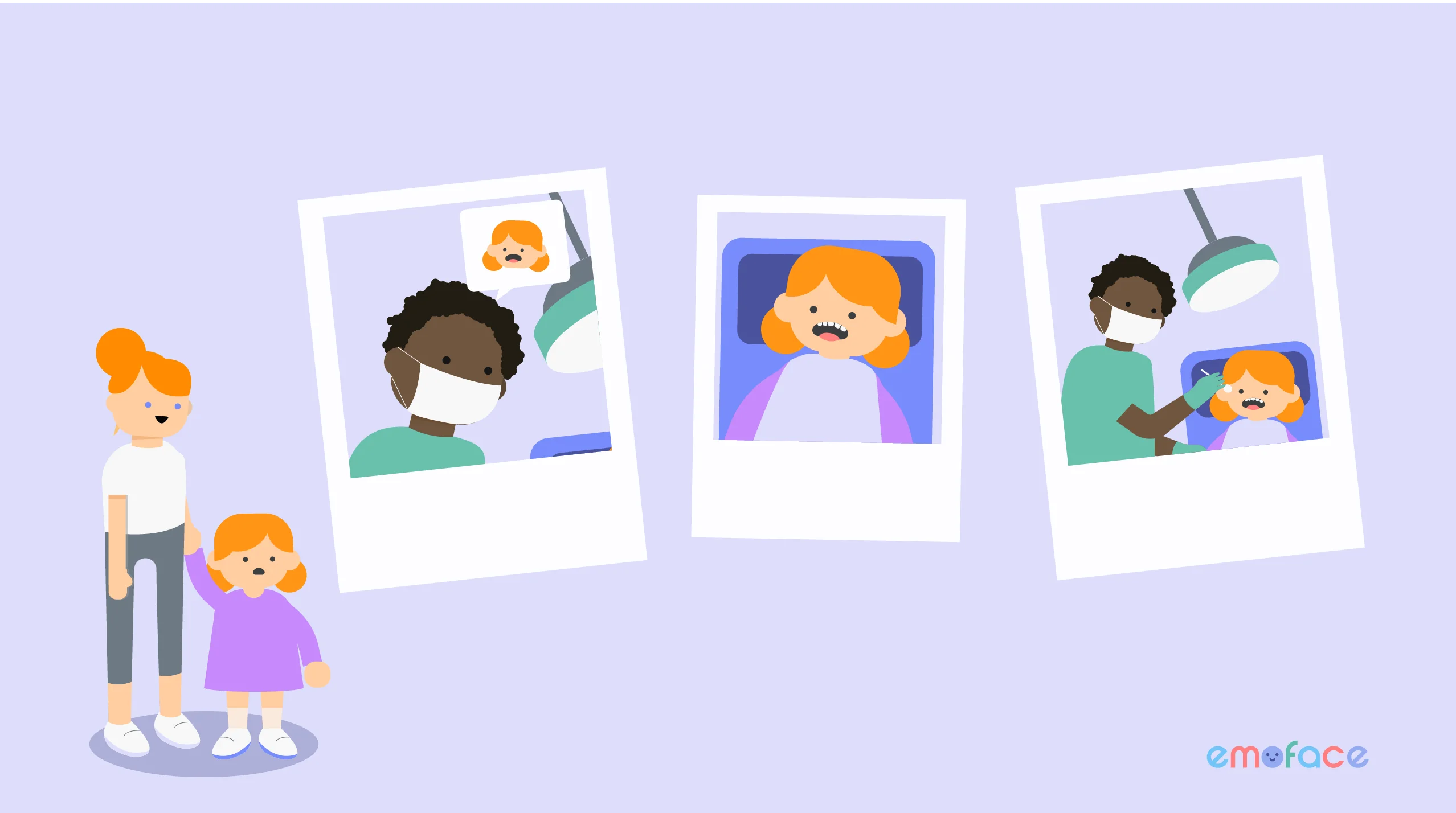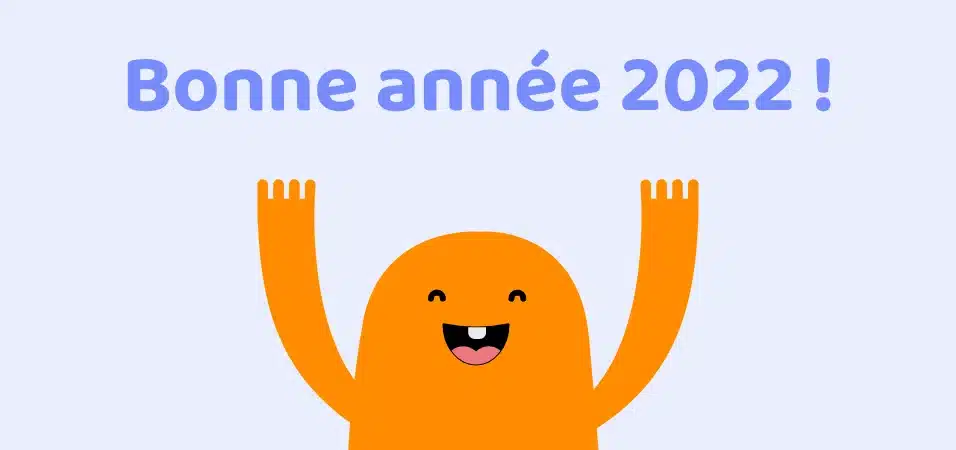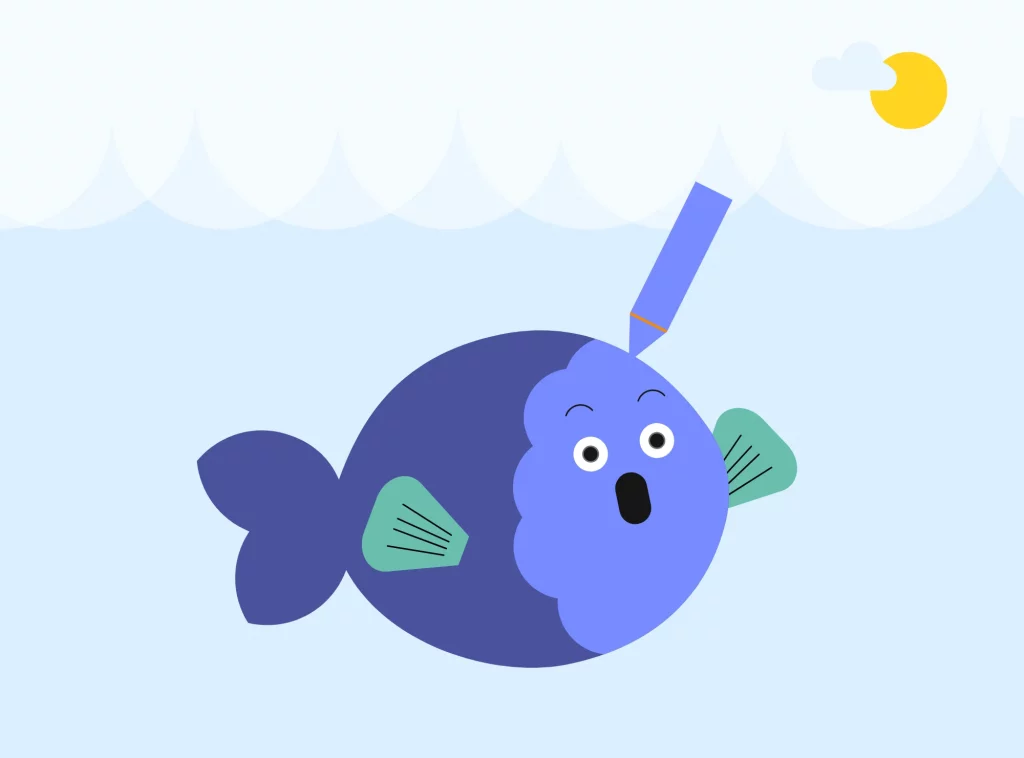An explanatory article and a do-it-yourself scenario.
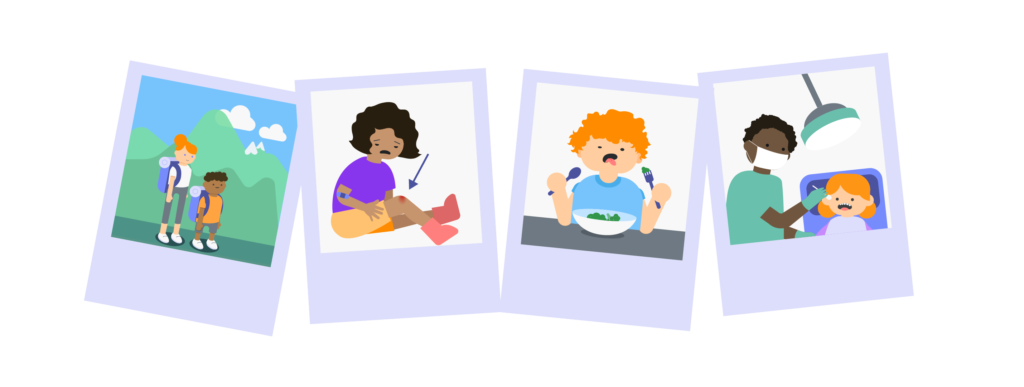
Parent or loved one of a person with Autism Spectrum Disorder, health professional or person concerned, you may have already heard of social scenarios. They are vaguely described as small skits demonstrating socially “adapted” behavior, or explaining certain social rules or social codes.
But what exactly are social scenarios?
The term “social script” was used for the first time by Carol Gray in 1990. Initially a teacher of children with Autism Spectrum Disorders in the United States, the therapist created the first social script to help a child understand the rules of a collective game at school. By rereading the story regularly, the child managed to understand the rules of the game, to integrate into the games, and to play with the other children.
After the success of this first social scenario, others were implemented for the same child, also giving good results.
This is how Carol Gray began to develop social scenarios, on which she has carried out numerous works.
Social scenarios: “a social learning tool, which encourages safe and meaningful exchange of information between parents, professionals, and people with ASD of all ages”.
Carol Gray
The important thing for a social scenario is also that the content is adapted and accessible to the person for whom it is intended: adapted to their level of understanding, attention, language, etc. Depending on the person, it will therefore be necessary to scenario with more or less complex sentences, more or less long…
Social scenarios are therefore “short stories” that help with social learning. All the social rules that seem obvious to a neurotypical person are much more difficult to understand for people with ASD. Why do we always answer “good” to the question “how are you” even when we are not doing well? Why do we announce that “we are going to eat soon” when we don’t even know yet what we are going to cook? Why do we say that we like a gift that was given to us, only to have it exchanged in store? All these things that people without ASD know individually and collectively, and integrate without too much difficulty, represent a real challenge for people with ASD, and many questions.
What is very important to understand is that a person with Autism Spectrum Disorder does not have the same “social equipment” as a person who does not. She will need additional explanations to understand the social situations that she does not understand and which pose problems for her. She will have more difficulty with anything related to social skills. It’s very important to understand their point of view too! This is why social scenarios are an interesting medium, short stories that encourage interaction and exchange: you can read them in pairs, ask each other questions, organize a reading meeting every days or every week…
The philosophy of social scenarios : 3 principles
Still according to Carol Gray, three principles are essential when we want to create a social scenario.
- Put aside all your beliefs/assumptions/assumptions.
- Recognize the fact that the social difficulties linked to ASD are shared: mistakes are made on both sides of the social equation.
- When neurotypical people interact with people with ASD, both points of view are equally valid and deserve to be respected.
By adopting this inclusive, caring and understanding way of thinking, the author of the social scenario will be more likely to be able to put themselves in the place of the listener (children, adolescents or adults with ASD), and therefore to better convey his message.
Is this really a social scenario ? The 10 criteria to take into account.
A list of 10 criteria to respect when writing a social scenario has been defined by Carol Gray, and also makes it possible to check whether a social scenario already created is indeed one, and whether it will really be useful and effective.
- The objective of the social scenario. The author follows a defined process to share accurate information using content, format and voice that is descriptive, meaningful and physically, socially and emotionally safe for the person for whom the social scenario is intended.
- Discovery in two stages. The author collects information to 1) improve the audience/individual’s understanding of a situation, skill, or concept and 2) identify the topic and purpose of each scenario.
- Three parts and a title. A social story has a title and an introduction that clearly identifies the topic, a body that adds detail, and a conclusion that reinforces and summarizes the topic.
- Format. The social story format is tailored to individual abilities: attention span, learning style and – wherever possible – the talents and/or interests of its audience/person.
- Five factors define voice and vocabulary. A social script has a patient and supportive “voice” and vocabulary, defined by five factors. These factors are: 1) First or third person point of view; 2) Time of the past, present and/or future; 3) Positive and patient tone; 4) literal accuracy (each word/sentence means what it means); and 5) a precise and exact meaning.
- Six questions to guide story development. A social scenario answers relevant questions that describe the context, including location (WHERE), temporal information (WHEN), relevant people (WHO), important cues (WHAT), basic activities, behaviors or statements (HOW), as well as the reasons or rationale behind them (WHY).
- Sentences. A social story is made up of descriptive sentences, and optional accompanying sentences. Descriptive sentences accurately describe relevant aspects of the context, including external and internal factors, and the reasons they are used (why).
- Good wording. Good social scenario formulation is one that ensures that the scenario describes more than it directs.
- Refine and reread. A draft story is always reviewed and revised as necessary to ensure that it meets all the criteria for defining the social storyline.
- Ten guides for implementation. They ensure that the objective that guides the development of the social scenario is also evident in its use. They are as follows: 1) Plan understanding; 2) Plan story support; 3) Plan the revision/rereading of the story; 4) Plan a positive introduction; 5) Control; 6) Organize stories; 7) Mix and match to build concepts; 8) Repeats and continuations of stories to link the past, present and future; 9) Recycle teaching into applause; 10) Stay up to date with research and updates on social scenarios.
The structure of a social scenario: how to build it?
In the form of short stories of a few pages, often illustrated, social scenarios can: give advice, model sentences and/or behaviors, remind people of social rules, return to a personal problem encountered by the person to whom the scenario is destined…
Its uses are multiple, always with the idea of a support for learning and understanding social rules.
The subject
Some examples of social scenario topics: “I say hello to the teacher and my classmates when I arrive at school”; “I’m talking for the first time to someone I don’t know”; “I don’t undress in public”; “Verbalize my positive emotions”; “When an adult is on the phone”…
The structure
A social scenario consists of several parts. Here is one of the possible structures for a social scenario, with details of each part:
An “inventory” of the situation,
where we use descriptive sentences.
ex: “When Mom is on the phone, I really want to talk to her and get her attention.”
An emotional “state of affairs”,
where we put into words what the person feels/can feel (if the person is non-verbal and has no means of communication, there will always be some interpretation…). This can contribute to learning and recognizing emotions, as well as making the person feel understood and considered.
e.g.: “I may feel upset, angry or disappointed when mom is on the phone and I can’t talk to her.”
Introducing a solution.
We tell the person what they can do/say in this situation, how to act and manage their emotions appropriately.
ex: “Mom needs to talk to someone else on the phone, I can’t talk to her. It doesn’t matter: I can wait by sitting in a chair or on the sofa. I can occupy myself by playing. If I’m angry, I can breathe really hard to calm down. If I’m upset or disappointed, I can talk to Mom about it when she’s finished calling.”
The consequence of appropriate behavior:
we insist on the fact that the people around them, as well as the person themselves, will be satisfied with the appropriate behavior.
ex: “I waited/played well, and I managed to breathe well. I didn’t talk to mom while she was on the phone. I was calm. Mom is very proud of me. And me too !”
Why is it important?
Building a social scenario with this structure means ensuring that it responds to a personal problem: we start from a situation that the person for whom it is intended in particular has encountered, and which was problematic for them . We also start from our particular feelings. When we talk about the solution, we also base ourselves on the resources that the person has available.
Writing a social scenario in this form therefore implies knowing the person for whom it is intended, or being very well informed about them. For example, to introduce social scenarios into treatment, it is very important that the author communicates with the person with ASD for whom it is intended, their loved ones or parents, and the people who follow them on a daily basis: each testimony is as important as the other, and is even essential.
Your DIY Social Scenario
And there you have it, now you know -almost- everything about social scenarios! What if you made one too? We thought of you, and with this article we offer you a downloadable and customizable social scenario: print it, complete it… And read it!
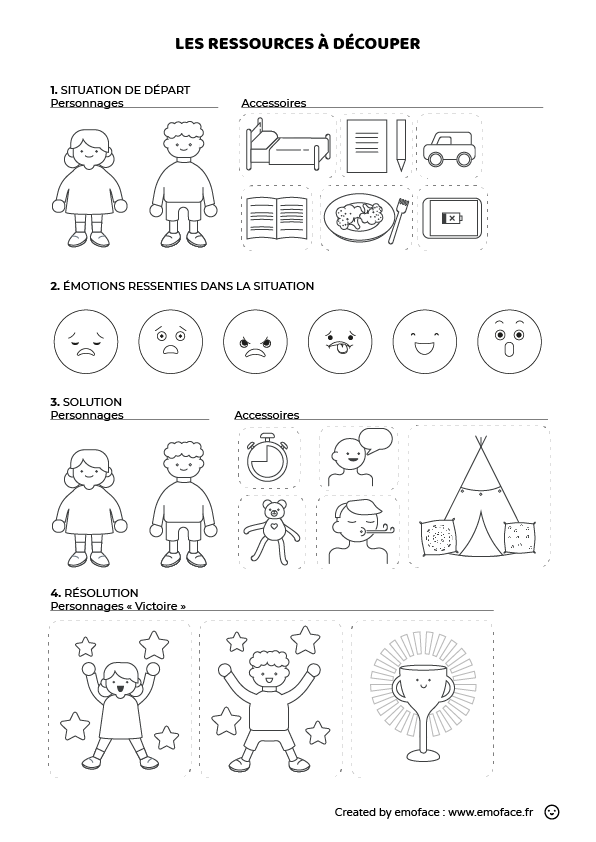
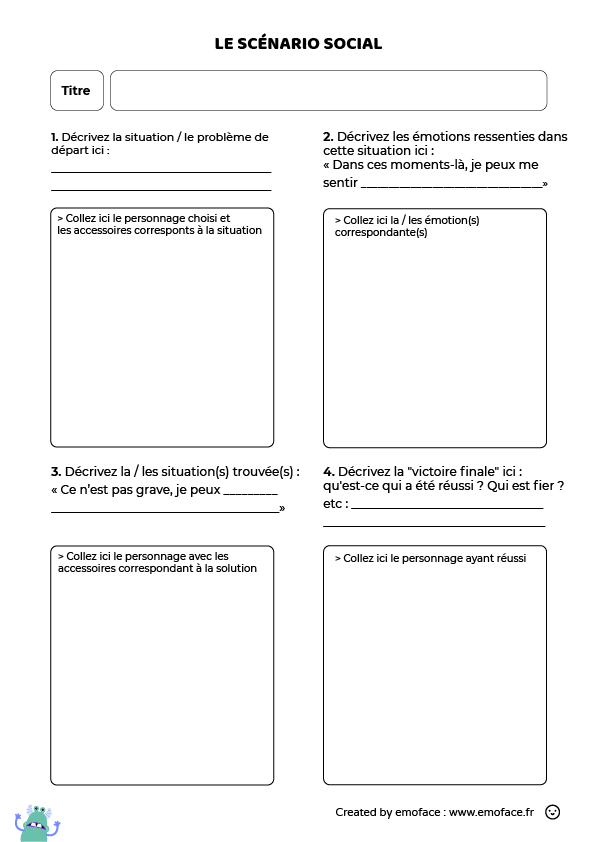
Send us your creations!
We can’t wait to see all the stories you create, so don’t hesitate to share them with us!
Need to work on emotions and psycho-social skills?
Also don’t forget that the Emoface Play & Learn Emotions application is now available on Google Play and the Apple Store!
Download the application here now to start learning emotions in the company of our 3D avatars… And our little monsters!
Download the app from the App Store
Download the app from the Play Store
Sources :
Gray, C. (2021). The Discovery of Social Stories – Carol Gray – Social Stories. Carol Gray Social Stories. https://carolgraysocialstories.com/social-stories/the-discovery-of-social-stories/
Ressource régionale d’aide en autisme, & Hoff, U. (2004). SCÉNARIOS SOCIAUX : RECUEIL DE LA RÉGION 03–12.
Social Stories™ 10.2, ©Carol Gray, 2018.

